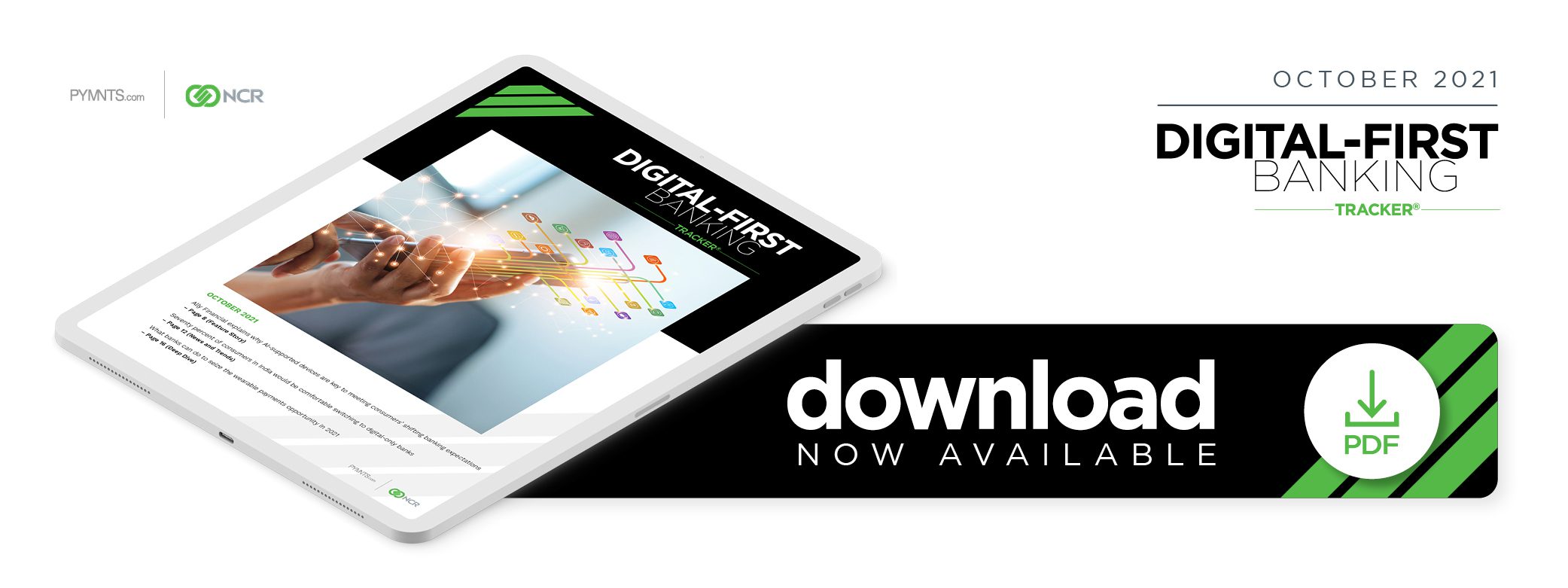Consumers have become enamored with digital banking during the past 18 months, and a growing share prefers to interact with their financial institutions (FIs) primarily online or via mobile phone. Banks also have raced to keep up, shoring up their websites and adding mobile app features to retain and engage customers.
Still, it is no longer enough for FIs to simply augment existing tools because smooth, instant access to online financial solutions has become the norm for consumers, said Sathish Muthukrishnan, chief information, data and digital officer for Ally Financial.
“Consumers have become accustomed to having instant access to information 24 hours a day and have come to expect the same from the companies they interact with,” he said. “Financial services [are] no different. For banks to remain competitive, they must meet their customers where they are — everywhere.”
A world where real-time, personalized banking services are table stakes means that FIs must find new ways to keep customers’ attention and differentiate themselves. This makes it critical for them to examine AI-supported tools or voice-activated technologies, such as smart speakers, as consumers seek ways to make their banking experiences as convenient as possible.
Mobile Makes Way for Next-gen Banking
Consumers’ taste for digital-first banking is hardly new, but the pandemic has underscored just how different expectations are now that consumers have access to more online solutions. The global health crisis has accelerated customers’ expectations regarding interacting with their chosen FIs whenever and however they like, and Muthukrishnan explained that this trend gives digital-only institutions a notable advantage.
“I call it the Sunday night–Monday morning phenomenon: The same frictionless, mobile-based experience that customers enjoy in their homes on a Sunday night through connected devices and cutting-edge apps is the same frictionless experience they expect from their financial institution when they bank with them on a Monday morning,” Muthukrishnan said.
“It’s not enough to translate the traditional banking experience to a mobile or web experience. Consumers, particularly those who are more tech-savvy, want you to anticipate their needs [and] to help them achieve their goals in ways that were previously unachievable through a brick-and-mortar experience.”
Ally is leaning on various technologies to help keep customers engaged as the digital-first banking era takes shape. Sixty-five percent of customer questions that come to the company’s artificial intelligence (AI) -supported digital assistant, Ally Assist, are currently being answered by the chatbot without the need for human assistance. The bank is also taking steps to add tools and solutions to its platform, launching a tech lab last year to examine shifting customer behaviors and technology trends.
FIs must consider these developments to stay competitive, especially as technologies such as AI, wearables and even augmented reality (AR) or virtual reality (VR) solutions begin to play more prominent roles in the banking ecosystem.
“Sophisticated AI capabilities, including virtual assistants, will continue to exist across channels to best serve customers where they are,” he said. “In the near term, we see mobile continue to increase as the primary means of access to digital financial services. It is very possible that AR/VR [technology] of the future could provide a more immersive virtual financial services experience, but it will take time to mature and gain traction.”
Analyzing how consumers’ banking habits have shifted and will shift should be a top goal for banks today, especially as customers’ trust in wearable devices such as smartwatches and voice-activated speakers expands. Adjusting for a world where such devices are commonplace could prove key for FIs seeking to boost customer engagement and loyalty.
Preparing for the Wearable Banking Age
Consumers expect the best speed and quality from their FIs when they log onto their websites or open their mobile apps. As such, figuring out how to provide these increasingly personalized services to customers at any time of day and through any channel will be the next great challenge for banks.
“Harnessing the powerful convergence of data, AI, [the internet of things], 5G and quantum computing will enable us to provide consumers with personalized financial services at a scale and sophistication not previously available,” Muthukrishnan said. “While it is difficult to predict how it will play out, it is clear that each of these areas are maturing rapidly and hold enormous potential to help consumers.”
FIs must be sure they are crafting services that can not only meet consumers’ banking expectations in today’s world, but also seamlessly and easily fulfill their future needs down the line. Keeping an eye on how customers are utilizing wearables and other IoT-enabled devices should thus be prioritized as FIs chart their innovation strategies for the years ahead.





